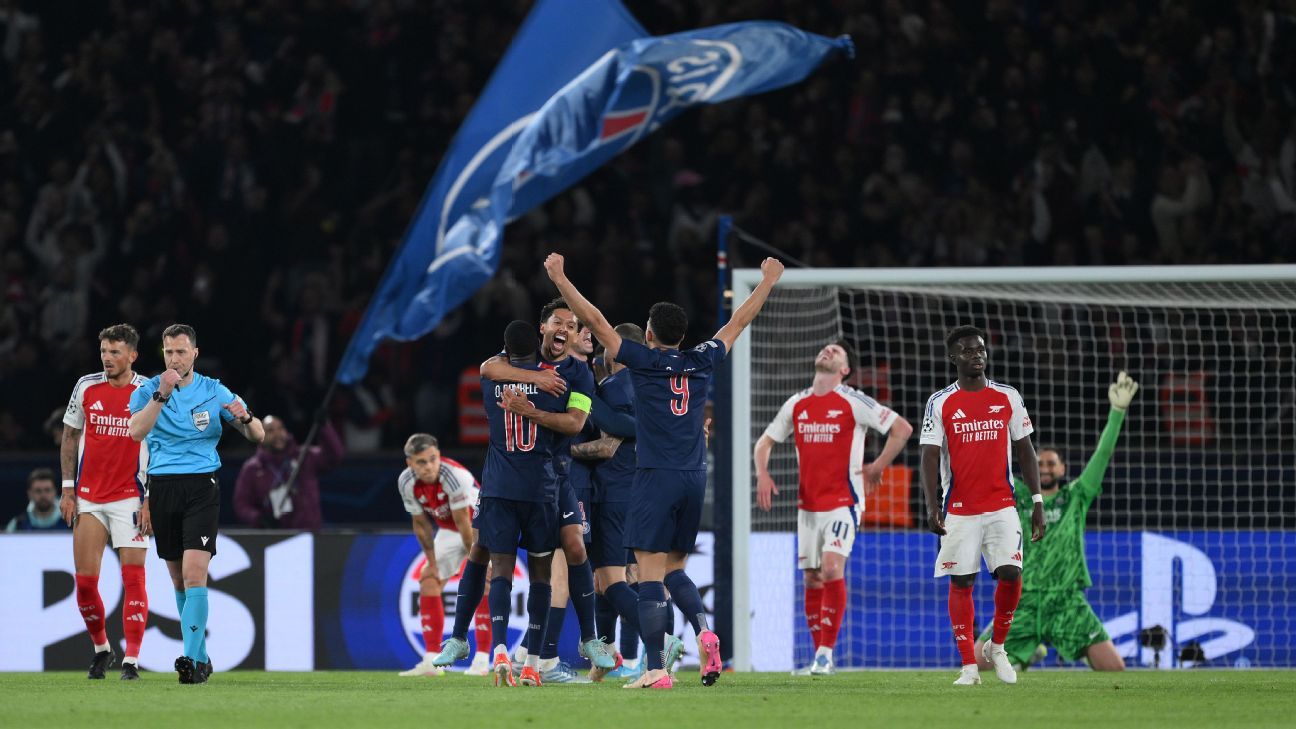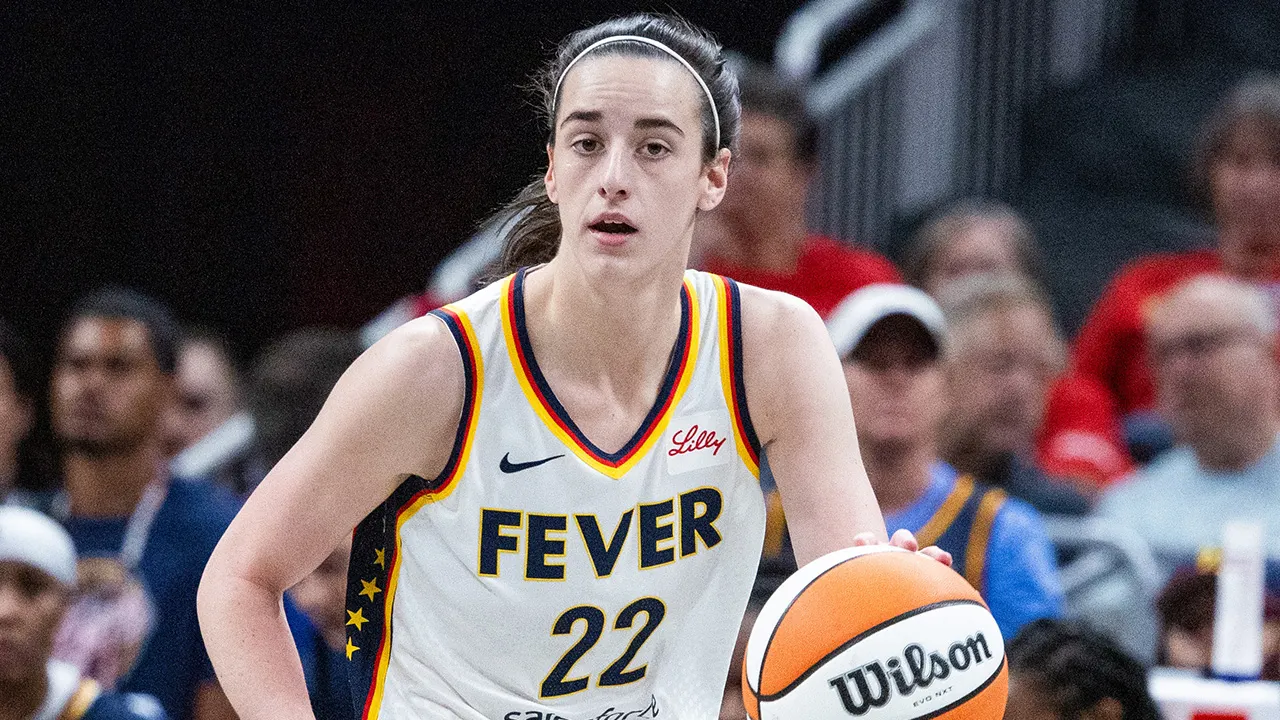PSG’s Unity Triumphs Over Arsenal’s Disarray in Thrilling Showdown
In a high-octane Champions League encounter, Paris Saint-Germain (PSG) demonstrated the power of collective strength, defeating Arsenal 3-1 at the Parc des Princes on Tuesday night. The French champions’ tactical discipline and seamless coordination exposed Arsenal’s defensive vulnerabilities and lack of midfield cohesion, marking a stark contrast between two European giants at different stages of team development.
Masterclass in Team Chemistry
From the opening whistle, PSG’s players moved as a synchronized unit, pressing high and recovering possession with military precision. Midfield maestro Marco Verratti completed 92% of his passes while covering 11.3 kilometers – a performance that embodied the team’s work ethic.
“When you see how they transition from defense to attack, it’s like watching a ballet with cleats,” remarked former Chelsea midfielder and BT Sport analyst Joe Cole. “Every player knows their role and executes it without hesitation.”
Key statistics underscored PSG’s dominance:
- 63% possession maintained throughout the match
- 18 shots (7 on target) compared to Arsenal’s 9 (2 on target)
- 87% successful tackle rate in midfield
Arsenal’s Structural Cracks Exposed
Mikel Arteta’s squad appeared disjointed, particularly in central defense where new signing William Saliba struggled to organize the backline. The Gunners conceded two first-half goals from identical right-wing crosses – a tactical vulnerability PSG exploited mercilessly.
Arsenal’s midfield trio of Xhaka, Partey, and Ødegaard completed just 78% of their combined passes, with Partey losing possession 14 times in dangerous areas. Their lack of coordination allowed PSG’s front three to repeatedly intercept wayward passes and launch counterattacks.
“You can have world-class individuals, but without structure and understanding, you’re just expensive traffic cones,” observed Sky Sports pundit Gary Neville during post-match analysis.
Tactical Breakdown: How PSG Outmaneuvered the Gunners
PSG manager Christophe Galtier deployed a fluid 4-3-3 that morphed into a 4-4-2 defensively, with Neymar dropping deep to overload midfield. This tactical flexibility created numerical superiority in key areas:
- Wing Play: Hakimi and Mendes provided width, stretching Arsenal’s compact defense
- Midfield Control: Verratti-Vitinha partnership dictated tempo
- Defensive Shape: Compact blocks forced Arsenal into low-percentage crosses
In contrast, Arsenal’s 4-2-3-1 lacked coherence, with gaping spaces between midfield lines that Mbappé exploited for his brace. The French forward’s second goal came from a 40-yard sprint behind Arsenal’s high line – a move that highlighted their disorganization.
Post-Match Fallout and Future Implications
The result leaves Arsenal facing an uphill battle to qualify from Group A, while PSG solidified their position as tournament favorites. More concerning for the London club is the growing pattern of defensive lapses that have seen them concede first in 7 of their last 9 matches across competitions.
Arteta admitted in the post-match press conference: “When you play at this level, small details become chasms. We need to regroup quickly and address these issues before Sunday’s derby.”
For PSG, the victory signals their evolution from individual brilliance to collective force. As they prepare for the Classique against Marseille, their newfound unity makes them formidable opponents both domestically and in Europe.
Football enthusiasts can catch the full match replay and analysis on UEFA’s official streaming platform. Will this performance mark a turning point for both clubs’ seasons? Share your thoughts using #UEFAtactics on social media.
See more Sky News Portal



